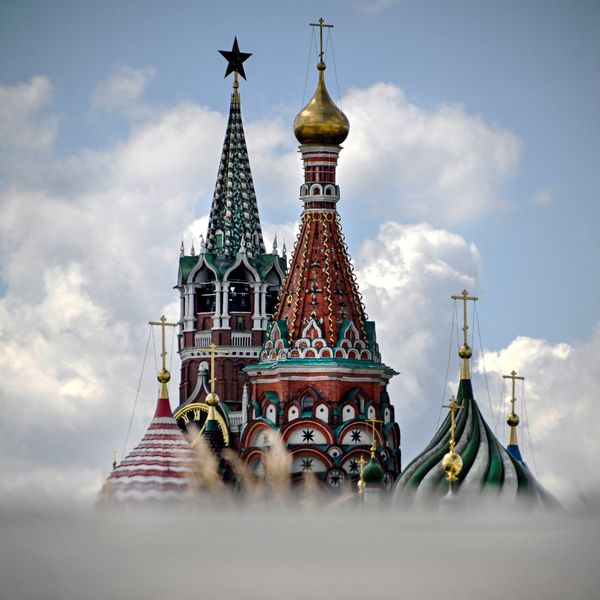Bottom Line Up Front
- With the world’s attention focused on India for U.S. President Donald Trump’s much ballyhooed visit, clashes between Hindus and Muslims broke out in New Delhi and elsewhere, leaving at least 20 people dead.
- In addition to roving mobs armed with clubs, bats, and other weapons, there have been reports of petrol bombs and assorted incendiary devices being used.
- The recent round of communal violence is linked to India’s controversial citizenship law, the Citizenship Amendment Act (CAA), which unfairly discriminates against Muslims from citizenship eligibility.
- In what is now a regular occurrence each time India suffers from upticks of sectarian violence, hate speech and deliberate disinformation are circulated on social media and messaging apps.
With the world’s attention focused on India for U.S. President Donald Trump’s much ballyhooed visit, clashes between Hindus and Muslims broke out in the capital of Delhi and elsewhere, leaving at least 20 people dead and more than 200 more injured. Delhi’s mayor issued a curfew in an attempt to quell the riots. The violence occurred against the backdrop of President Trump’s meetings with Indian Prime Minister Narendra Modi, a powerful political figure who has been closely linked with the rise of Hindu nationalism. Modi’s Bharatiya Janata Party (BJP) has been accused of stoking sectarian tensions and abetting religious extremists emboldened to use violence against non-Hindus, especially Muslims. Hindu supremacy and ultra-nationalism are frequent themes pushed by the BJP’s massive online presence—trolls frequently attack detractors and relentlessly harass political opponents.
The escalating violence was met with a surge of police officers and security forces, including paramilitary troops. Civilians, journalists, and police officers have been injured since the rioting broke out Sunday. In addition to roving mobs armed with clubs, bats, and other weapons—including jars of acid—there have been reports of petrol bombs and assorted incendiary devices being used. Dozens of people have also been shot. Muslim shopkeepers claimed that their stores were burned to the ground. Mosques have been attacked and untold numbers of civilians were forced to flee their homes. Police officers were accused of standing by and allowing Muslims to be attacked while the officers merely watched the violence unfold. Finally, on Wednesday, Prime Minister Modi appealed to Indians to restore calm and temper violence.
The recent round of communal violence is linked to India’s controversial citizenship law, the Citizenship Amendment Act (CAA), which favors granting citizenship to those who entered the country illegally from Afghanistan, Pakistan, and Bangladesh, as long as these individuals belong to one of six approved religions, which does not include Islam. With an estimated 200 million adherents to Islam, India is the world’s second most populous Muslim country, after Indonesia. India’s population is approximately 80 percent Hindu and 14 percent Muslim. Similar widespread protests erupted in December 2019 in cities across India, including Mumbai, Chennai, Hyderabad, and elsewhere. Protests against the CAA have featured a high-profile role played by Muslim women at Shaheen Bagh, and the demonstrators' tactics have remained completely non-violent.
In one video making the rounds on social media, Hindu men can be seen destroying the muezzin loudspeaker on the minaret of a mosque and in its place, installing a Hindu religious flag. In what is now a regular occurrence each time India suffers from an uptick of sectarian violence, hate speech and deliberate disinformation are circulated on social media and messaging apps, including WhatsApp. Past rumors have suggested that roving gangs of men were traveling the country and attempting to kidnap children so they could harvest and sell their organs. Disinformation played a significant role in India’s April 2019 elections. More recently, rumors proliferated that India’s Muslim population was infected with COVID-19, or the coronavirus, even though the Indian Ministry of Health and Family Welfare has reported only one known case. The Indian government has demonstrated little alacrity to respond to the challenge of disinformation, even as it acts as a force multiplier in spreading fear and chaos during times of social unrest and spasms of religious, ethnic, and sectarian violence.










